Nested atop the Fansipan, the cultural and religious compound of Fansipan gathers religious hallmarks modeled after traditional Vietnamese pagodas, radiating a mysterious and enlightening charm…

The destination visitors love gathering the most in this religious compound of Fansipan is definitely Kim Son Bao Thang Pagoda. Looked afar, this Buddhist landmark is modeled after an ancient pagoda nested precipitously on a cliff. Its plan mingles with the wild greenery of mountains, looming in the mist and presiding over the mundane world below.

The architectural motif of the construction is adopted from preceding ancient wooden pagodas in Vietnam such as Boi Khe Pagoda (Thanh Oai Dist., Hanoi), Thai Lac Pagoda (Van Lam, Hung Yen) or Thay Pagoda (Hanoi)…
The pagoda was constructed on a gigantic foundation, but most developments are of modest size to be in harmony with the surroundings and terrain of the highlands, while adjusting the most ideal perspective of the overall religious compound.
Kim Son Bao Thang Pagoda is planned in the structure of “(Chinese) Labor Character on the inside and Nation Character on the inside” – with the Buddhist Hall in the front, Saint Hall in the back, thus its name “Buddha in the front, Saint in the back”.
At the heart of Kim Son Bao Thang Pagoda is Dai Hung Main Hall. It hosts numerous Buddhist statues crafted by notable craftsmen of Vietnam. The layout of these statues in the compound strictly conforms to regulations of Mahayana Buddhism. In particular, on mid-month days or Lunar 1st days, Buddhist followers and travelers flock to pray for peace of mind.

Along the Main Hall lie the left and right corridor wings, displaying 18 marvelous gilded and lacquered Alahat statues.
As the largest construction of the religious compound of Fansipan, Kim Son Bao Thang Pagoda comprises only 5 compartments standing below 10m tall, and the courtyard is less than 30m in width. The architecture is embedded in the larger mountainous setting as if it is the natural part of mountains for millennia.
Treks to this pagoda are also blocked into shorter routes and doorsteps that are seemingly paved into the ground. Decorative patterns are vastly inspired by relief motifs in ancient Vietnamese pagodas, but somehow revised to preserve the natural and frugal philosophy of the architecture.
Decorative patterns on the roof were also inspired by the relics of the Thang Long Imperial Citadel, which were crafted of wood or bronze glazed terracotta to shelter the construction from the harsh frosty climate at the peak.

Nested on the main axis connecting Kim Son Bao Thang Pagoda and Guanyin bronze statue, the 11-storey Stupa is also a commonplace to take a panorama of magnificent Hoang Lien Mountains. The stupa is clad in sandstone exploited in the Central region, and markedly influenced by the architecture of Tran Dynasty.
The predecessor of this stupa is renowned Pho Minh Stupa in Nam Dinh, also known as the host of the cremated relics of Buddhist Emperor Tran Nhan Tong.

Down the path, visitors can trail the Alahat Path or narrow and sinuous stone steps to explore marvelous religious sites on the Fansipan, including: the Guanyin Bronze Statue, the largest Great Amitabha Brozne Statue of Vietnam, Bich Van Zen Monastery or Vong Linh Pavilion, which is an octagonal observatory equipped with 5 bronze bells and reputed among visitors as a good check-in spot.

The Grand Belfry is placed on the pedestal of Bich Van Zen Monastery. Towering over 35m, the structure is erect straight up with an octagonal belfry, making it an architectural highlight horizontally laid out in the cultural and religious complex of Fansipan.
In addition to this marvelous purely Vietnamese religious structure, at the peak also lie elaborate manmade structures that Buddhist followers crave to admire, just once in their lifetime.
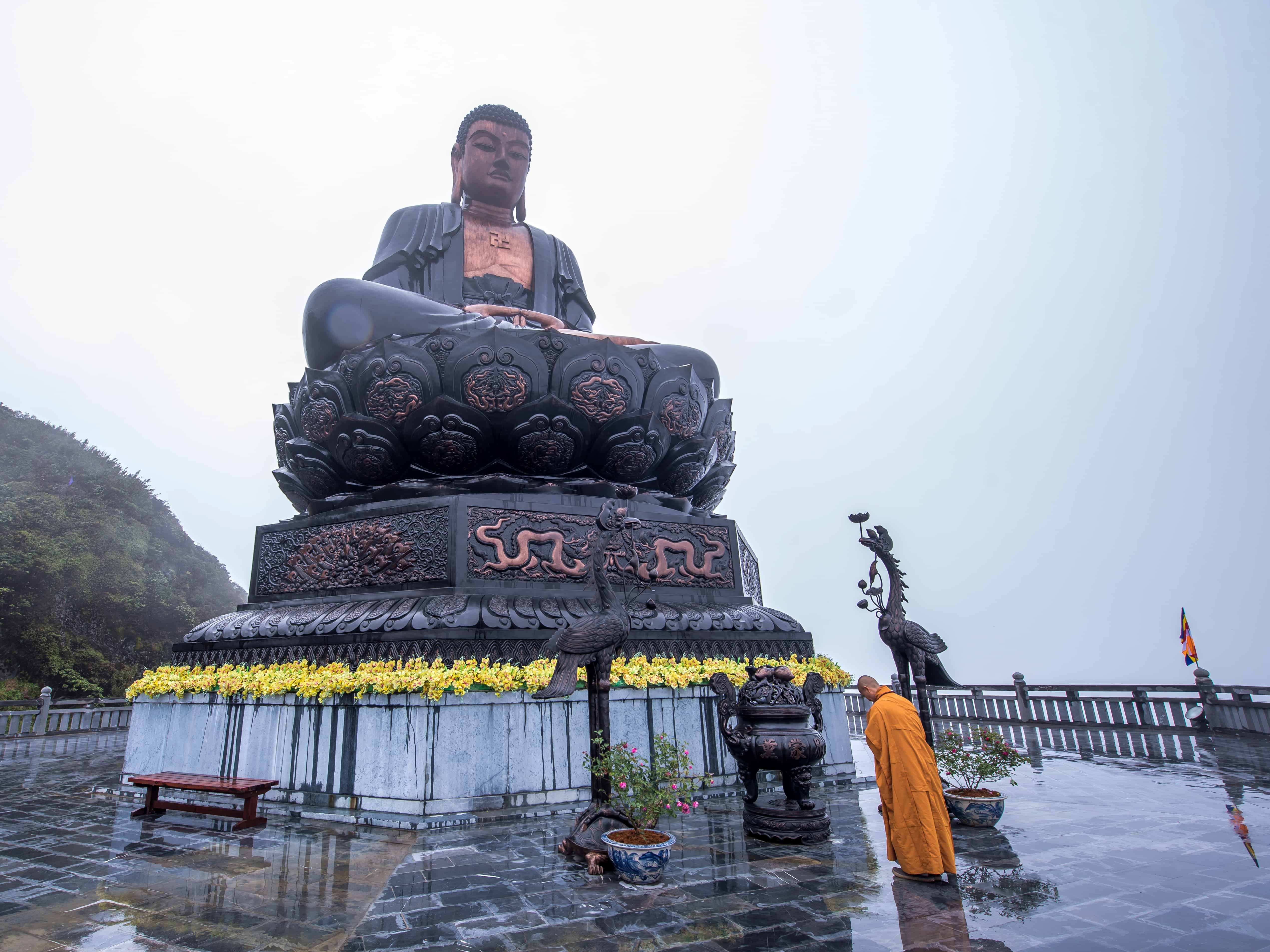
These include the Amitabha Statue rising 13.5m high as placed on a 6.3m-tall lotus pedestal, which was cast out of thousands of 0.5m-thick copper boards clad round a colossal steel frame of solid structure, making it resilient to any deforming forces of brutal winds, under any climate weather conditions and climate change.
These bronze clads were also manufactured with mechanical pressure technology and draped in decorative patterns inspired by those in Tran Dynasty. Instead of the gold gild extensively found in other structures, the invesetor opted for the outer paint that drapes the statue in old grey, thus preventing it from clashing with the surroundings.
Opening the heavenly gate to the heavenly Fansipan, the mortals can stroll in a vast religious and cultural compound to be enlightened with the forgiving salvation of Sakyamuni Buddha who enshrine thoughtfulness and the way to kindness in every mortal heart, guiding them to practice the good and accumulate good fortune for themselves and their families.
Given this great value, the Fansipan is not only the recommendable mountain tourist attraction, but also one of the foremost religious and well wishing sites of Vietnam.








![[ANNOUNCEMENT] TEMPORARILY CLOSE FROM NOV 7TH TO DEC 5TH FOR ANNUAL MAINTAINANCE](https://fansipanlegend.sunworld.vn/wp-content/uploads/2022/09/MicrosoftTeams-image-18-3-300x113.jpg)



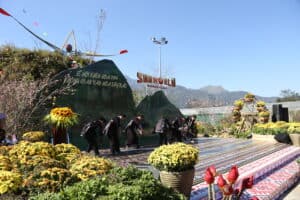
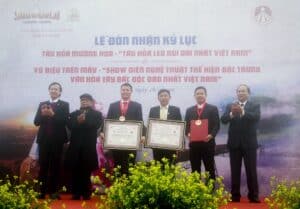










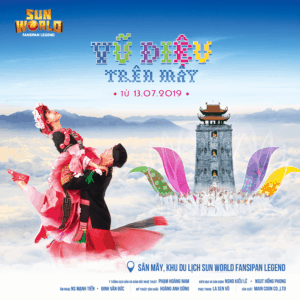


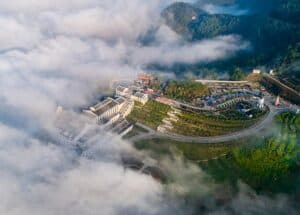






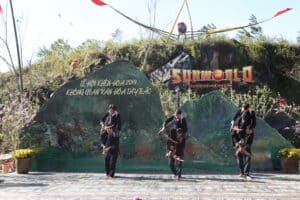






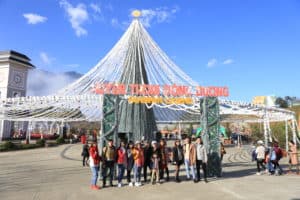

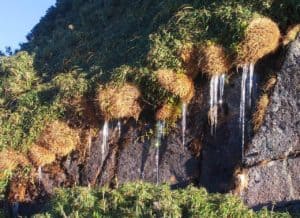


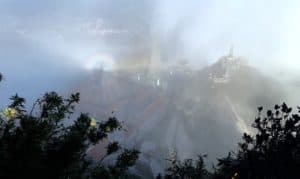






Leave a Reply